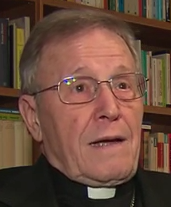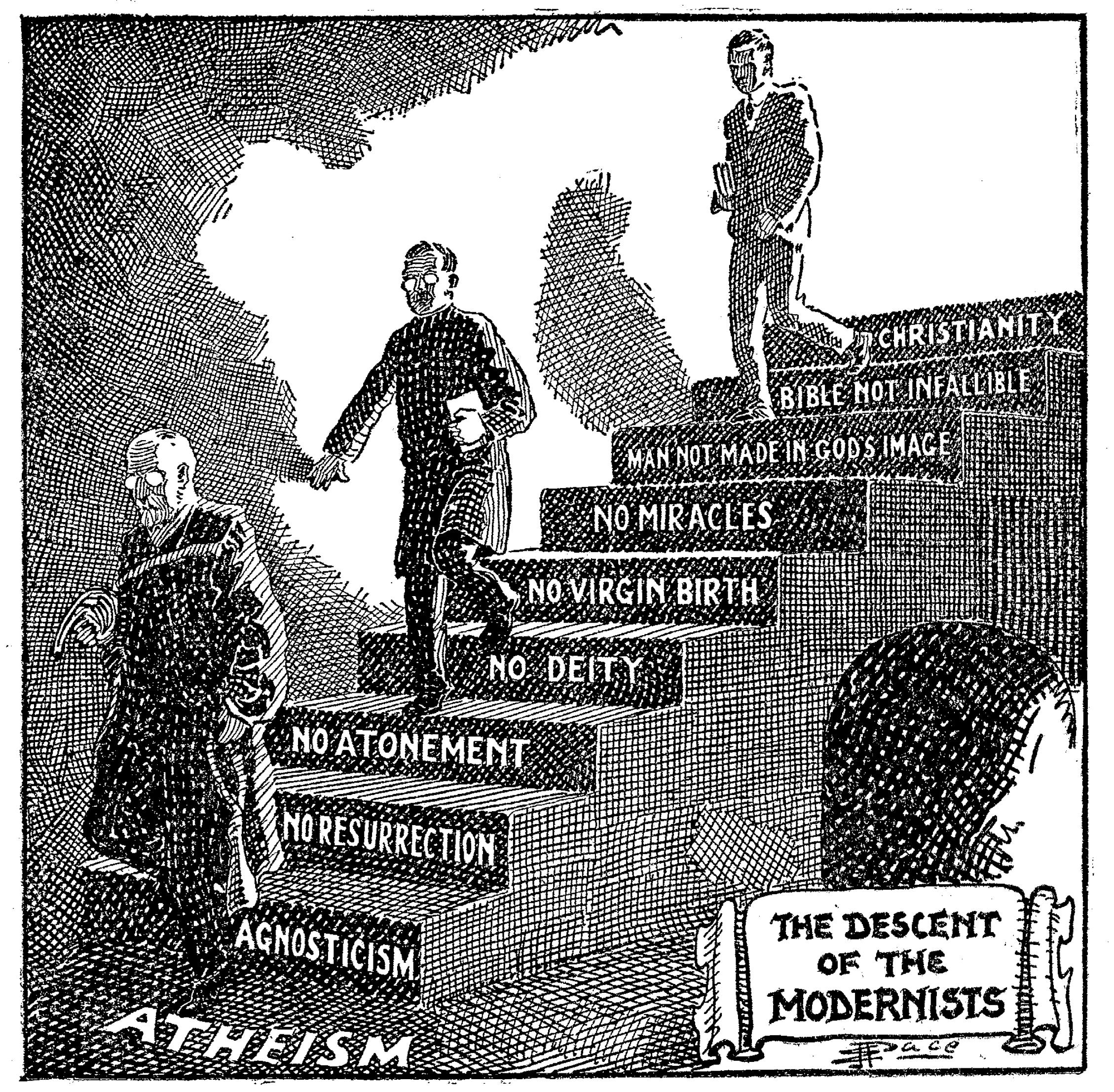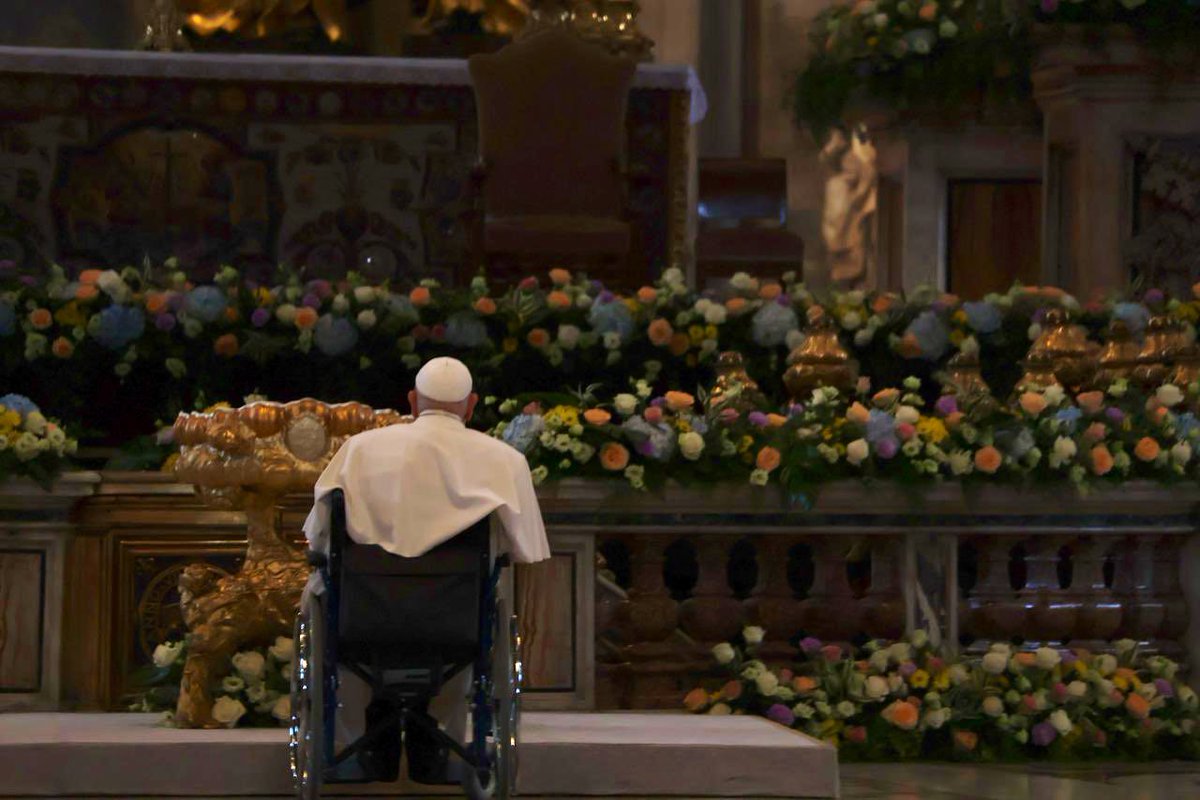One of Francis’ favorites!
“Cardinal” Walter Kasper is a Modernist Apostate

Modernist Fr. Walter Kasper,
a Theological Heavyweight in the Novus Ordo Church
The following is a translation of the German article “Die Thesen des Professor Walter Kasper“, which was released before the conclave of 2005, at the web site What the Cardinals Believe:
The Theses of Professor Walter Kasper
Sept. 11, 2004
From the IK (Initiativ Kreis) News of 8-9/2003
- “Faith does not mean a believing-to-be-true of wonderful facts and sets of beliefs that have authoritatively been put before us.”
- “Dogmas can certainly be one-sided, superficial, bossy, dumb, and rash.”
- Christ “presumably did not call himself either Messiah or Servant of God or Son of God and probably not Son of Man either.”
- The dogma that Jesus is “completely man and completely God” is able to be superceded.
- Kasper writes “that we must call the many miracle stories in the Gospels legendary.”
- Even when [if] Kasper admits Jesus performed healings: “On the other hand, with some probability one need not consider [the] so-called miracles of nature as historical.”
- The Resurrection of Jesus is “no objectively and neutrally ascertainable historical fact.”
- Regarding the oldest account of the Easter event (Mk 16:1-8), Kasper comments “that here we are not talking about historical characteristics but [linguistic] means of style which are to get people’s attention and create tension [suspense, excitement].” Other New Testament factual claims about the Easter and Ascension accounts, too, are mere “means of style” for Kasper.
- Statements about the immanent Trinity or about the pre-existence of Christ are, according to Kasper, “not direct statements of faith but theological statements of reflection.”
- Kasper also speaks of the “Resurrection of each individual in [at] death.” Hence “any talk of life after death is misleading.” In addition, any talk of heaven, hell, and purgatory is “a very inappropriate, indeed misleading way of speaking.”
- By the “not very fortunate expression ‘infallibility of the Church'” is meant “that the Church . . . cannot definitively fall back to the status of the Synagogue and cannot deny Christ definitively.”
- The dogma of the Church’s universal mediatorship of salvation, clothed in the words “extra ecclesiam nulla salus” [“no salvation outside the Church”], which is most important for ecumenical dialogue, Kasper calls a “most misunderstandable phrase.”
Conclusion:
Walter Kasper is a typical MODERNIST
Kasper was made a “cardinal” by the false “Pope” John Paul II on February 21, 2001. A few days later, John Paul made him the president of the so-called “Pontifical Council for Promoting Christian Unity”, the Novus Ordo Vatican’s organ in charge of ecumenism and dealings with non-Catholics. With this position, Kasper was given the spot in which he could do the most damage to the Catholic Faith and spread his modernist poison to Catholics and non-Catholics alike. A more effective post for distorting and watering down the Faith could not be imagined. In 2005, the false “Pope” Benedict XVI, like Kasper also a German, confirmed Kasper in this position, where he remained until July 1, 2010, at which point he was more than two years past the mandatory retirement age of 75. [Source: Catholic Hierarchy] Thus, both Benedict XVI and John Paul II ensured that from 2001 to 2010, the modernism of Walter Kasper could be more effective than ever before in the Novus Ordo Church.
Modernism is incompatible with Catholicism, meaning it is not possible to be a Modernist and a Roman Catholic at the same time; one excludes the other. As the links below will show, Kasper’s modernism is blatant. For example, the claptrap he spouts regarding the Resurrection of Our Blessed Lord Jesus Christ is directly condemned as modernistic by the decree Lamentabili Sane (1907), issued by the Holy Office under Pope St. Pius X: “The Resurrection of the Savior is not properly a fact of the historical order. It is a fact of merely the supernatural order (neither demonstrated nor demonstrable) which the Christian conscience gradually derived from other facts” (condemned proposition no. 36). The errors of the modernists “captivate the faithful’s minds and corrupt the purity of their faith”, the same decree warns, hence they must “be held by all as condemned and proscribed.” This, ladies and gentlemen, is the unchangeable teaching of the Catholic Church. “But though we, or an angel from heaven, preach a gospel to you besides that which we have preached to you, let him be anathema” (Gal 1:8).
Furthermore, the same sainted Pope Pius X repeated in his anti-modernist encyclical Pascendi that the [First] Vatican Council exhorts us that “that sense of the sacred dogmas is to be perpetually retained which our Holy Mother the Church has once declared, nor is this sense ever to be abandoned on plea or pretext of a more profound comprehension of the truth” (par. 28). His Holiness also urges the fighters of Modernism to “combat novelties of words, remembering the admonitions of [Pope] Leo XIII: ‘It is impossible to approve in Catholic publications a style inspired by unsound novelty which seems to deride the piety of the faithful and dwells on the introduction of a new order of Christian life, on new directions of the Church, on new aspirations of the modern soul, on a new social vocation of the clergy, on a new Christian civilization, and many other things of the same kind'” (par. 55).
Finally, we recall also the stern warning of Pope Pius VI in his 1794 papal bull Auctorem Fidei, which condemned the 1786 Synod of Pistoia, a theological forerunner of the modernist so-called “Second Vatican Council” of the Novus Ordo Church (1962-65): Heresy or error “cannot be excused in the way that one sees it being done, under the erroneous pretext that the seemingly shocking affirmations in one place are further developed along orthodox lines in other places, and even in yet other places corrected; as if allowing for the possibility of either affirming or denying the statement, or of leaving it up to the personal inclinations of the individual – such has always been the fraudulent and daring method used by innovators to establish error. It allows for both the possibility of promoting error and of excusing it…. Whenever it becomes necessary to expose statements that disguise some suspected error or danger under the veil of ambiguity, one must denounce the perverse meaning under which the error opposed to Catholic truth is camouflaged” (Pius VI, Bull Auctorem Fidei, 1794).
Reality Check:
- Pope Pius IX, Encyclical against Liberalism, Quanta Cura, 1864
- Pope Pius IX, Syllabus of Liberal Errors, 1864
- Pope St. Pius X, Encyclical against Modernism, Pascendi Dominici Gregis, 1907
- Pope St. Pius X, Syllabus of Modernist Errors, Lamentabili Sane, 1907
- Pope Pius XII, Encyclical against Opinions which Undermine Catholic Doctrine, Humani Generis, 1950
- Fr. Felix Sarda y Salvany, Liberalism is a Sin: Exposing the Ideas and Methods of the Modernists, 1886
- The Catholic Church vs. the Novus Ordo Church on Ecumenism
The Apostasy of Modernism illustrated
“Descent of the Modernists”: From Catholicism to Atheism in a few easy steps

(Descent of the Modernists by E. J. Pace, Christian Cartoons, 1922 / Alamy Stock Photo)
Image source: Wikimedia Commons (Centro Televisivo Vaticano; cropped) / alamy.com
License: CC BY 3.0 / rights-managed




No Comments
Be the first to start a conversation